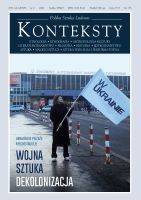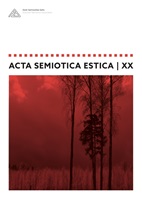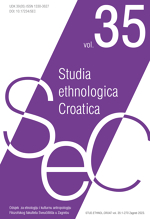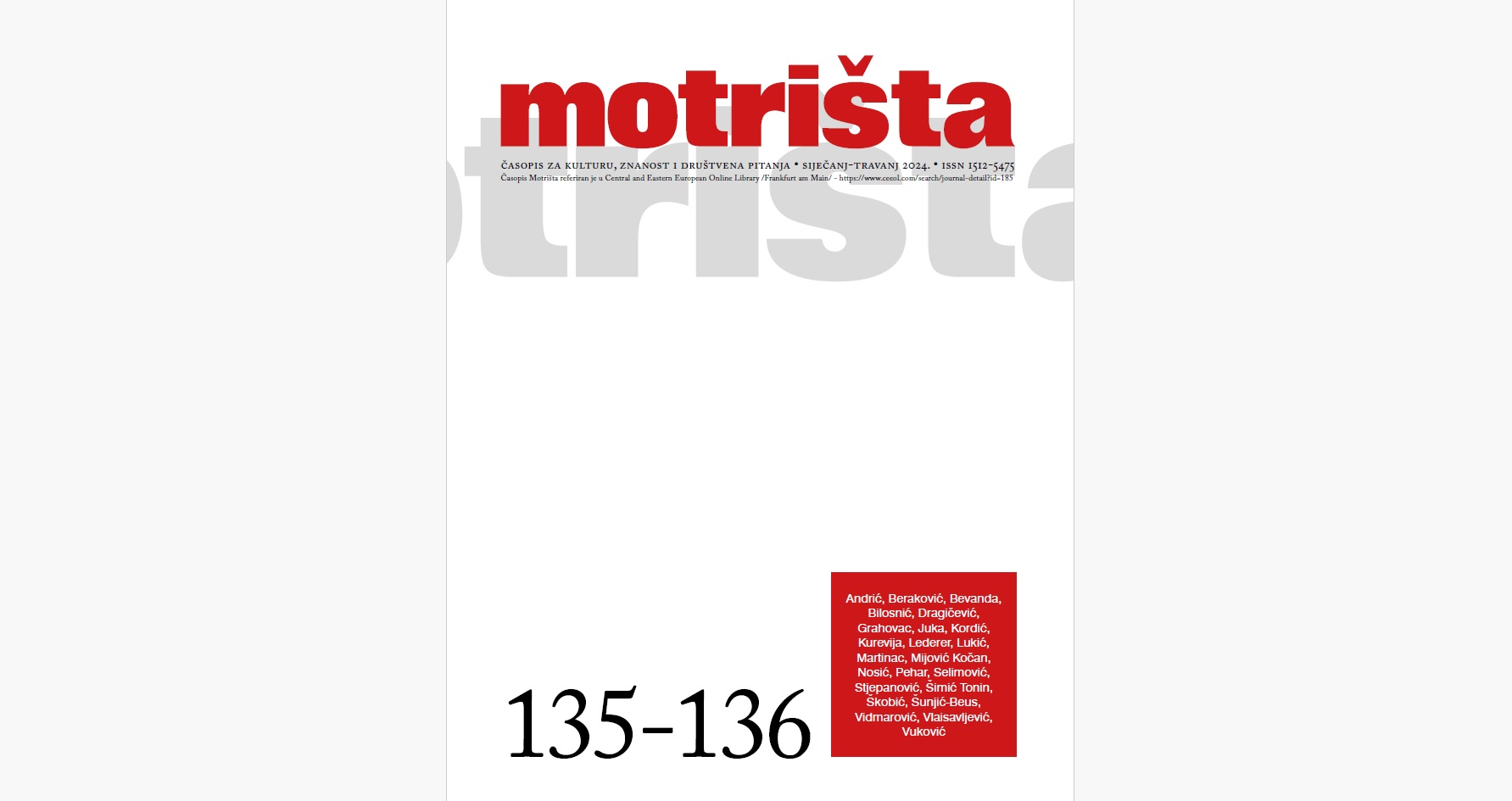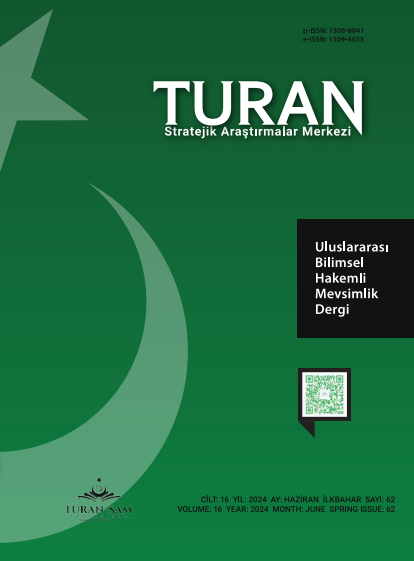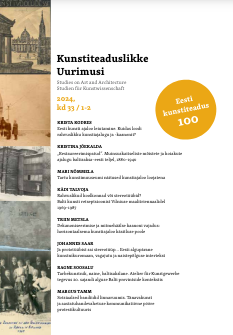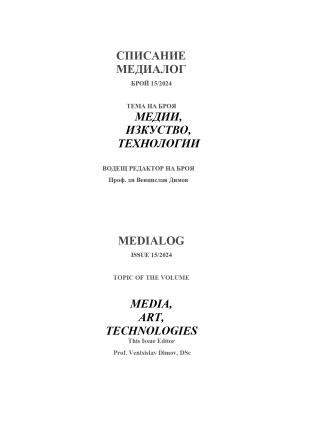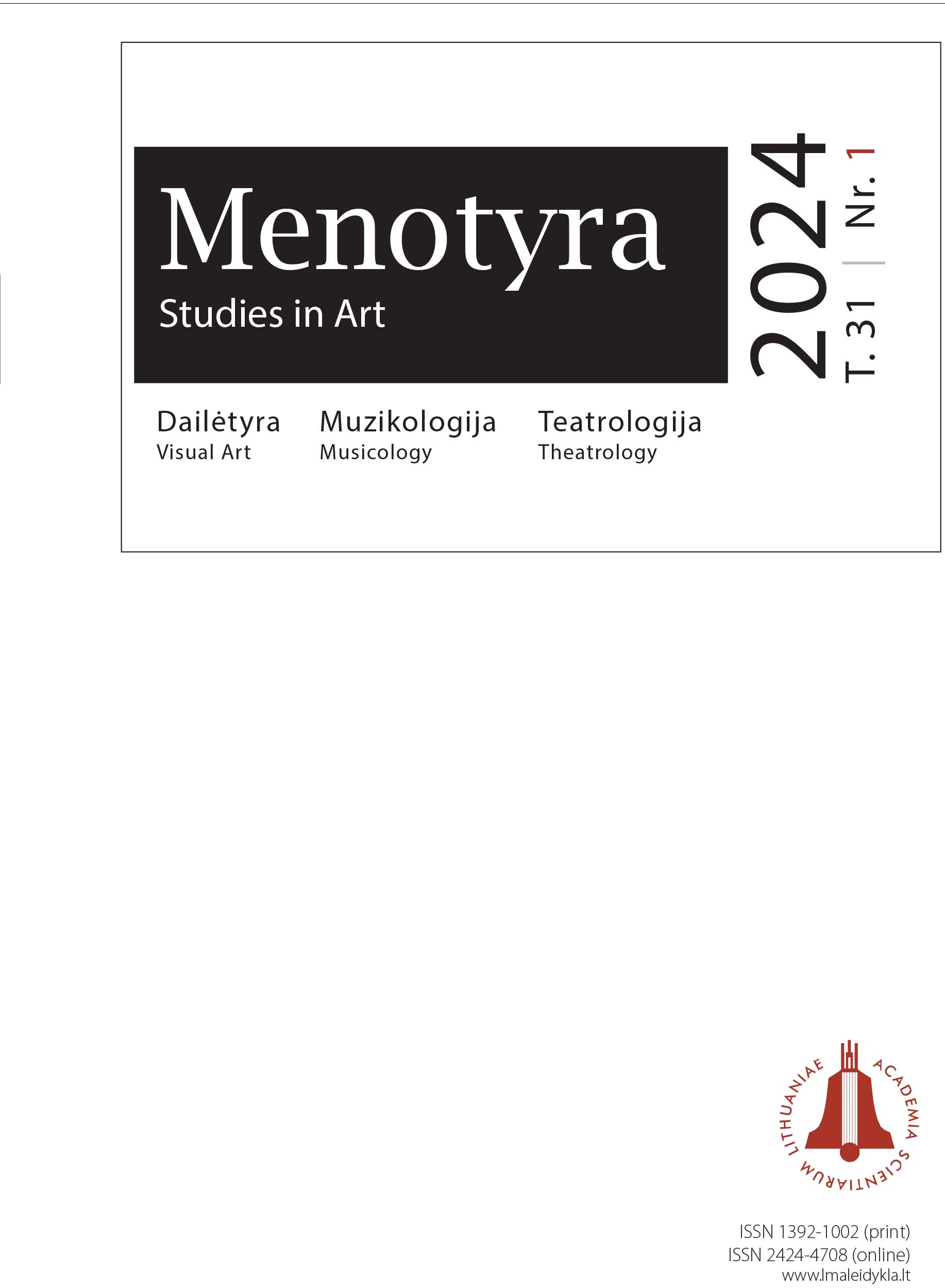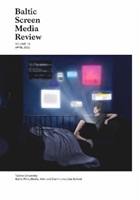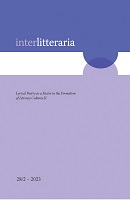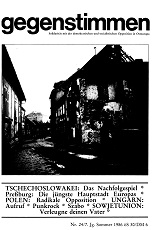
Ungarn - Punkrock und die Ekstase von Schamanen
Sie verkörpern in der New-Wave-Szene Ungarns einen überraschenden kulturellen und kultischen Zusammenhang, den viele Rockmusikfans auch nach mehrmaligem Hören der nur auf Kassetten und Video-Clips vertriebenen Produkte schwer erfassen können. Eine fast magische Anziehungskraft verspüren sie, die durch das sinnliche Erlebnis der harten Punkrhythmen und die kreischende Kopfstimme des Sängers und Bandleaders Attila Grandpierre ausgelöst wird. Und sobald die auditive Wahrnehmung der Musik von instrumentalen und vokalen Eruptionen gebannt ist, übertragen sich auch die rhythmischen Bewegungen der Musiker auf das Publikum. „Lust am beschwörenden Geschwindigkeitsrausch“, nannte ein Musikkritiker (Weser-Kurier, 21. Dezember 1985) dieses Beschwörungsritual, in das das Publikum hineingezogen werde. Für ungarische Kulturfunktionäre sei eine solche animierende Wirkung ein ausreichender Grund, um die „Rasenden Leichenbeschauer“ nur relativ selten auf die Bühne zu lassen.
More...
